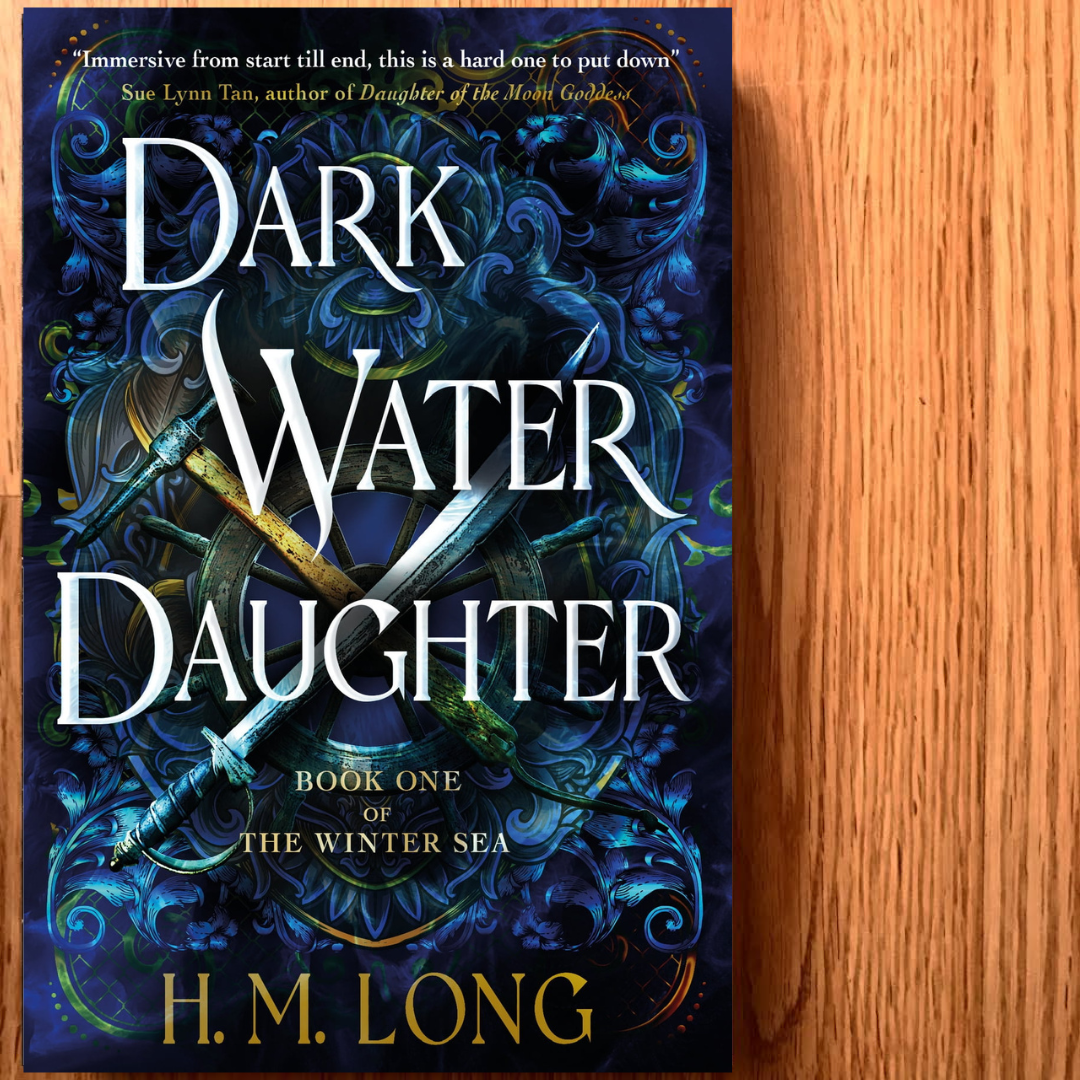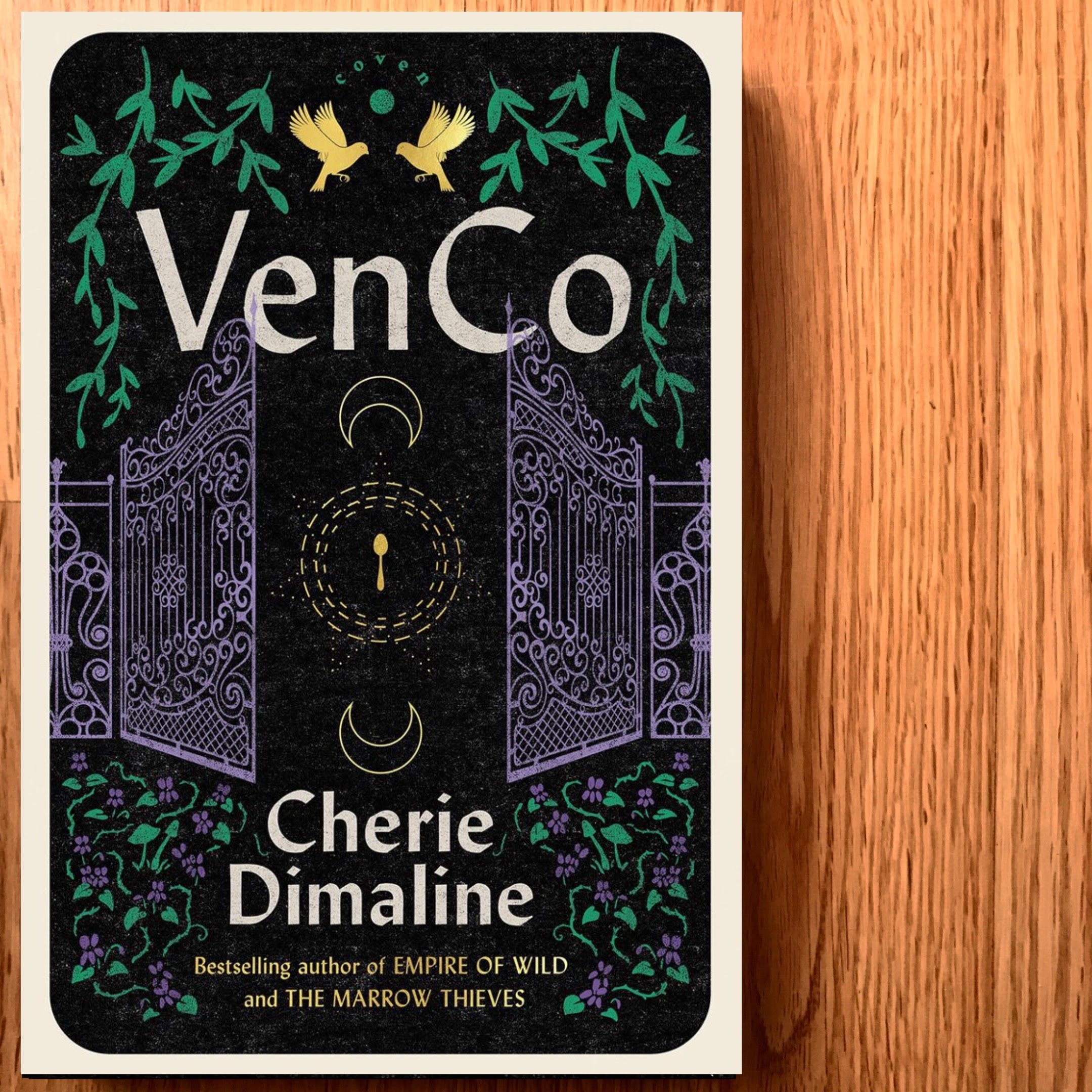By Meghan Mazzaferro
Content warnings: gore, death, sexual assault, gun violence, slavery, kidnapping
As a Stormsinger, a woman whose voice can control the weather, Mary Firth has a limited number of options: be forced into service with the military, or servitude on a pirate ship. When a notorious pirate seeks out Mary, she must side with his nemesis to protect herself and hopefully find the mother she lost years ago. Following Mary is Samuel Rosser, a broken Sooth with a connection to the Dark Water, the magical world beneath theirs, desperate to regain his honour along with a talisman Mary stole from him. Their paths will take them across the Winter Sea and force them to confront forces more powerful than the mortals who seek to enslave them: Samuel wrestles with his growing powers, and Mary struggles to understand her connection to ghistings which are spectral creatures connected to the Dark Water and who protect the ships that sail the Winter Sea.
Why is it always so much harder to review a book that you love than one that you hate? I think it’s because it’s very hard to put inhuman screeches of love into words, but I will do my best. I’ve been a fan of H.M. Long since her debut novel, but I think this is my favourite of her books so far. Dark Water Daughter is rich, cold, fast paced, and incredibly immersive. Mary and Samuel jump off the page, the world feels real and gritty, and the magic system is one of the most unique and interesting that I’ve ever seen.
Trying to summarize this book was incredibly challenging because , even though bound copies look nice and tiny, so much happens in this story. There are feuds, warring pirates, hidden treasure, a host of magical creatures, dark magical forces, an old mystery, and more. I won’t go into too much detail because I want to avoid spoiling anything, but I will say that all these pieces come together in a way that is incredibly satisfying and gripping to read. Long’s writing is cinematic and fast-paced, she crafts flawed and realistic characters, is able to explore a multitude of dynamics and relationships in a fairly short page count, and is able to write both gripping and visceral fight scenes as well as slower character moments effortlessly.
Both Mary and Samuel are well-crafted, distinct characters who leap off the page and feel real enough to touch. They each have their own journeys and character growth throughout this book, and the connection and pull they feel towards each other had me kicking my feet with anticipation, but Long doesn’t sacrifice other character relationships in support of Mary and Samuel’s connections. The large cast of side characters all feel fleshed out and compelling, and both Mary and Samuel have a variety of interactions and relationships throughout this book that all feel equally real and authentic. Even the story’s villain, with a relatively low page count, is distinct and his goals are explained and explored, though never justified.
This story’s plot wraps up in a satisfying way while still having enough seeds hidden throughout that it’s clear there is so much more to come. This is a unique magic that I feel each of H.M. Long’s books possess, and which makes her one of my favourite fantasy writers. The fact that she can craft such immersive worlds that even without a cliffhanger you know that you have to go back, is such a testament to her skill at both character work and worldbuilding.
Okay, enough trying to be eloquent. The book is amazing, and I can’t think of a single criticism I have for it. It’s pirates in a northern setting with spirit magic, and singing to control storms, and an old mystery, and so much more. I highly recommend it. Go read it. Right now.





















